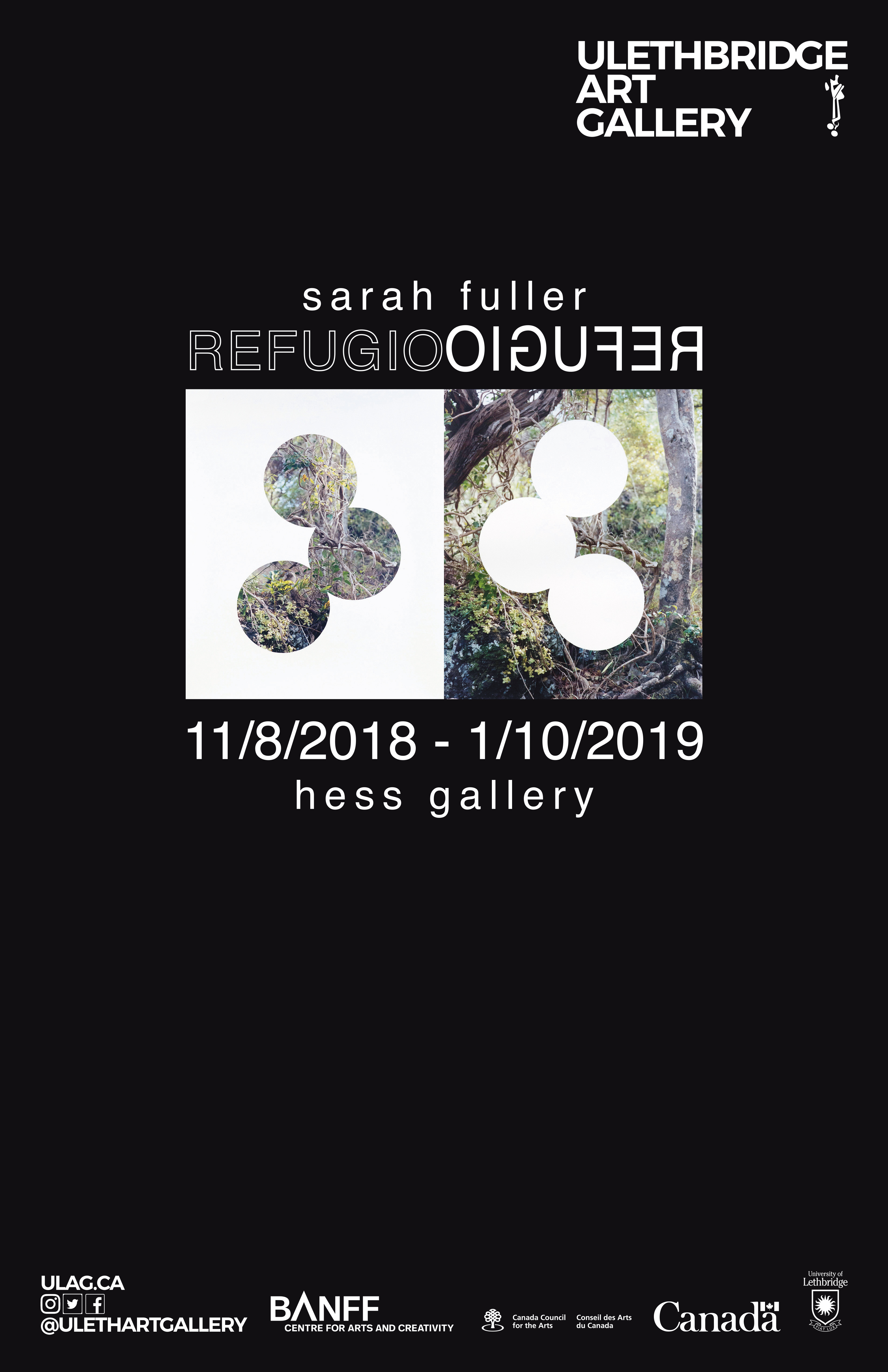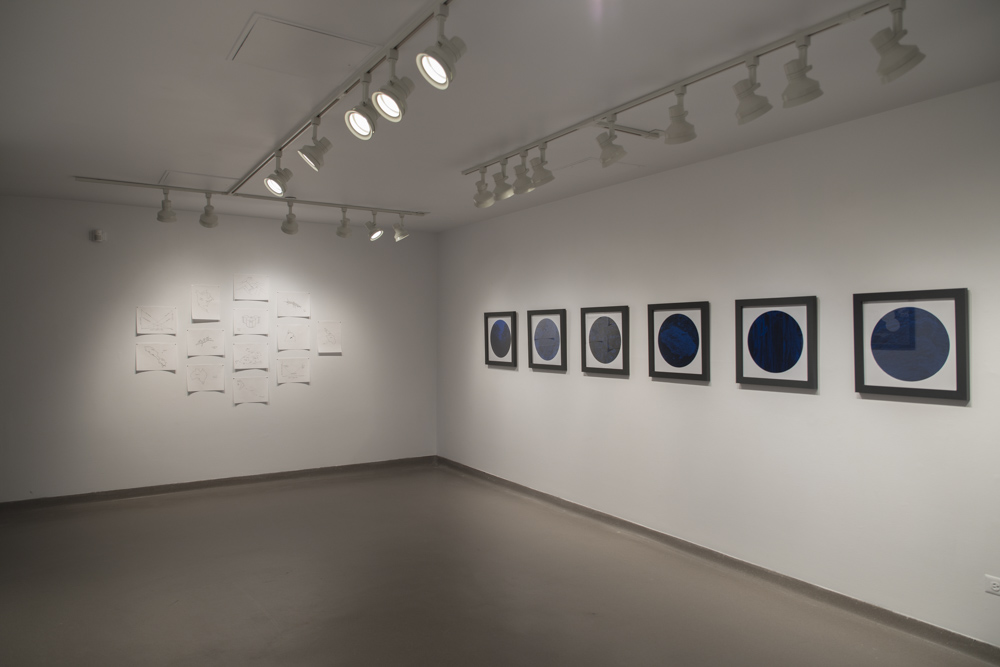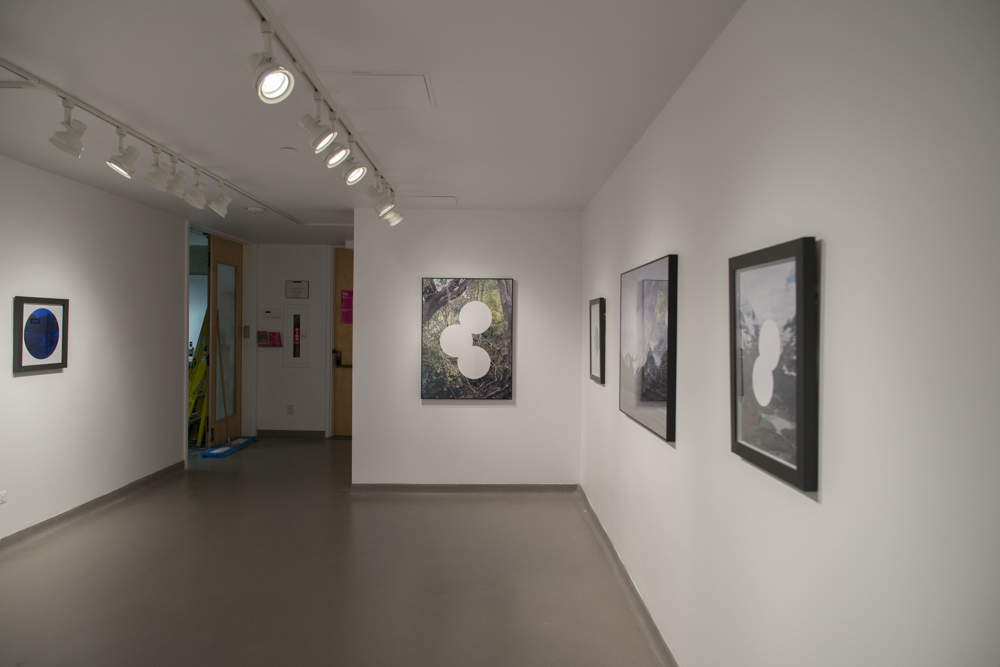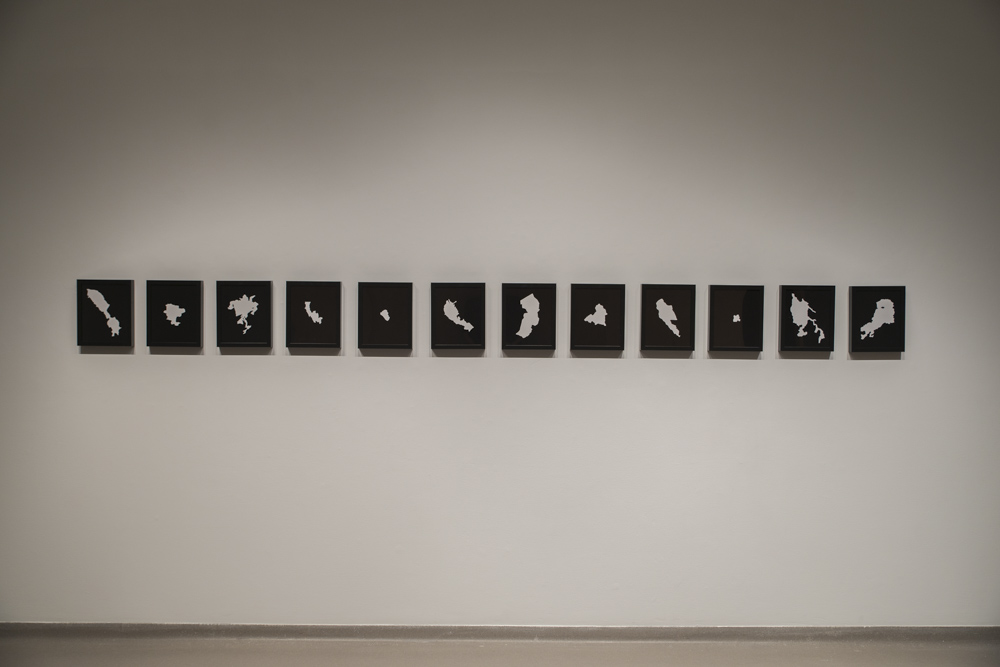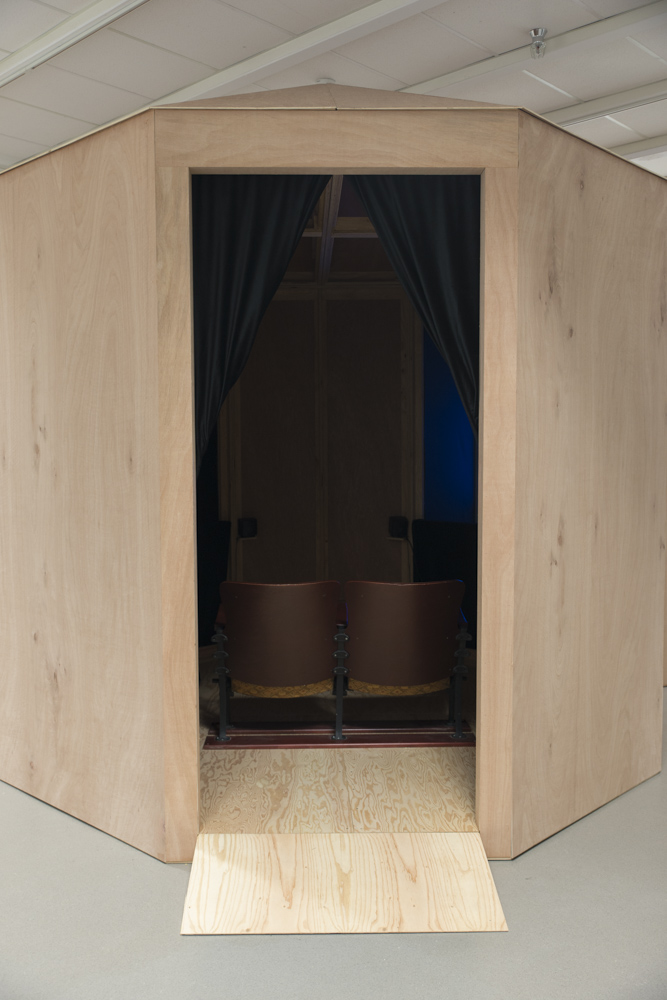Dr. Margaret (Marmie) Perkins Hess Gallery
Refugio
November 8, 2018 – January 10, 2019
Artist: Sarah Fuller
Curated by Josephine Mills
Opening Reception: November 8, 2018, 4 – 6 pm
Sarah Fuller brings together her interest in photography and performance as well as nature and the environment.
Curatorial Statement:
For this exhibition, Sarah Fuller brings together her interest in photography and performance as well as nature and the environment. Visitors will be able to enter a small-scale theatre Fuller based on the famous Paris diorama by Louis Daguerre (one of the inventors of photography). But instead of the sublime alpine scenes common in the original 19th Century version, Fuller’s installation invites visitors to think about things that disappear and reappear through the tale of two rare insects that live in remote locations, one in Australia and the other in the Canadian Rockies.
Refugio weaves together threads from vastly different sources in order to provide insight into ideas that are hard to grasp, yet integral to our connection to location and identity. Through photography, installation, and performance, Fuller explores things or places that used to be but are no longer there; that were collectively agreed upon even though they may never have actually existed; or that were thought to be lost but were there all along. In this exhibition, she presents what we can learn about climate change and glacial melt through the stories of two populations of insects that live in remote locations. The Lord Howe Stick insect was once thought to be extinct, inadvertently eradicated from Lord Howe Island in Australia with the introduction of rats in the early 20th century, until a colony was found on Ball’s Pyramid, a 500 metre tall sea stack that rises out of the sea roughly 20km from Lord Howe Island. Rock crawlers, a species of insect discovered in the early 1900s in the Canadian Rockies, thrive in cold environments and it is said that ‘the heat from your hand could kill them’ should you pick them up.
Both insects have evolved in relationship with a specific place – particular environments that are islands of refuge within broader, inhospitable landscapes. In each insect’s case, the habitats in question are mountainous and both locales could be described as ‘sublime’ landscapes that elicit a strong emotional response from human visitors. At first glance, the smaller inhabitants are forgotten in the towering scale and natural beauty of geological forms. The colonial history of both Canada and Australia has shaped the landscape, often irrevocably, and Fuller’s exhibition proposes hope in the persistence of these insects. Small things are often overlooked, and insects don’t necessarily equate with human ideals of beauty or the sublime, yet their resilience provides inspiration for the human interface with the natural world.
Refugio is part of on a long-term research partnership between Fuller, uLethbridge Art Gallery, and Level 2: Lichen Lab (a research group at uLethbridge studying the connections between art galleries and science). The exhibition builds from last year’s You Are Here, a series of exhibitions, workshops, performances, and presentations designed to invite a diversity of people in Southern Alberta to find new ways to think about the future of their environment. Fuller expanded her research for Refugio as part of these workshops.
Based in Winnipeg, Sarah Fuller works in photography, video and installation. In recent years, Fuller’s work has emphasized the non-human experience of the land and the effects of human intervention on ecosystems and organisms. She holds an MFA from the University of Ottawa and a BFA from Emily Carr University. She has participated in residencies at Laughing Waters in Australia, Fondazione Antonio Ratti, Italy, and the Association of Visual Artists (SIM), Iceland. Recent exhibitions include And perhaps in me someone very old still hears the living sound of wood, Ottawa Art Gallery, and Illuminations: Human/Nature a collaborative project with Moment Factory and the Banff Centre.
The artist would like to thank Niall Donaghy, Lindsey Fuller, the Canada Council for the Arts, the Banff Centre for Arts and Creativity, and the entire uLethbridge Art Gallery team for their assistance with this exhibition.
– Josephine Mills, Director/Curator
